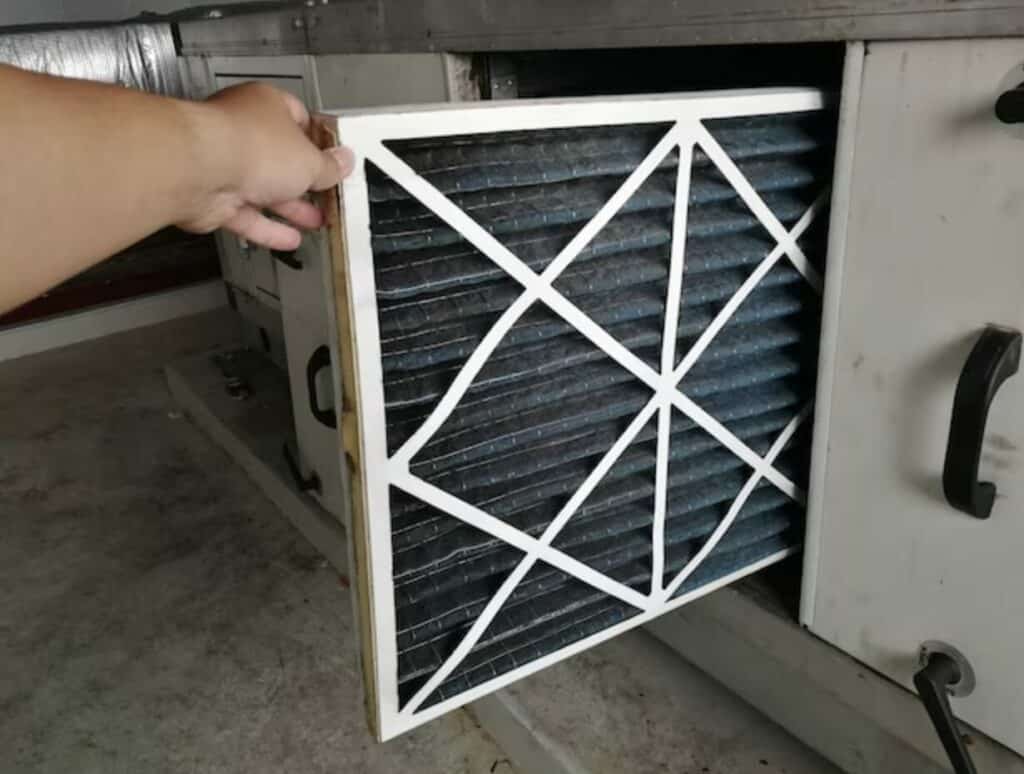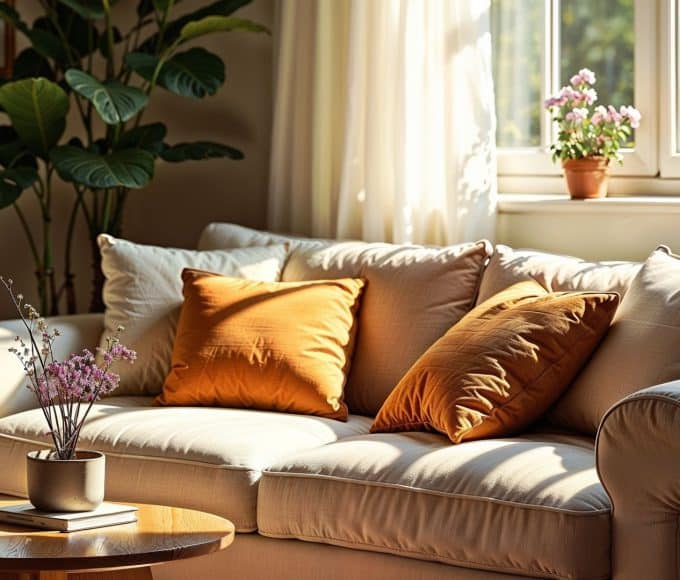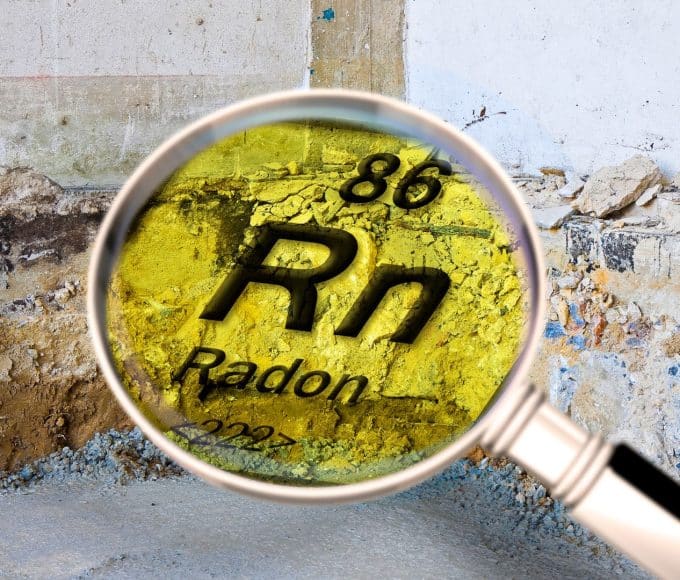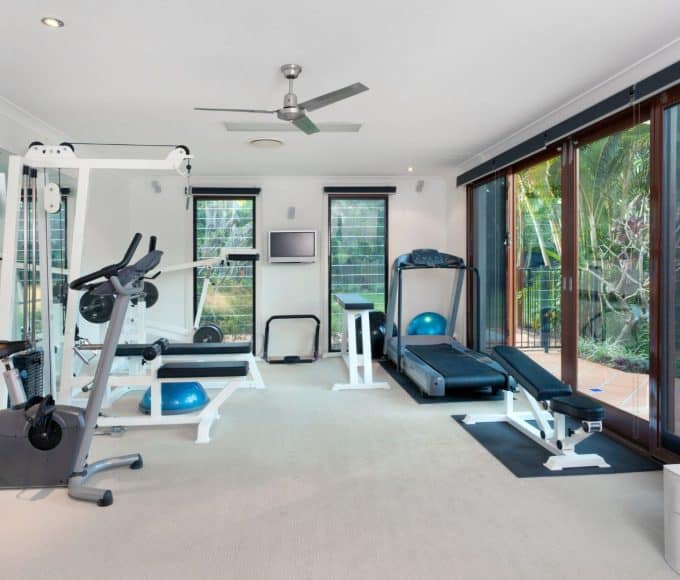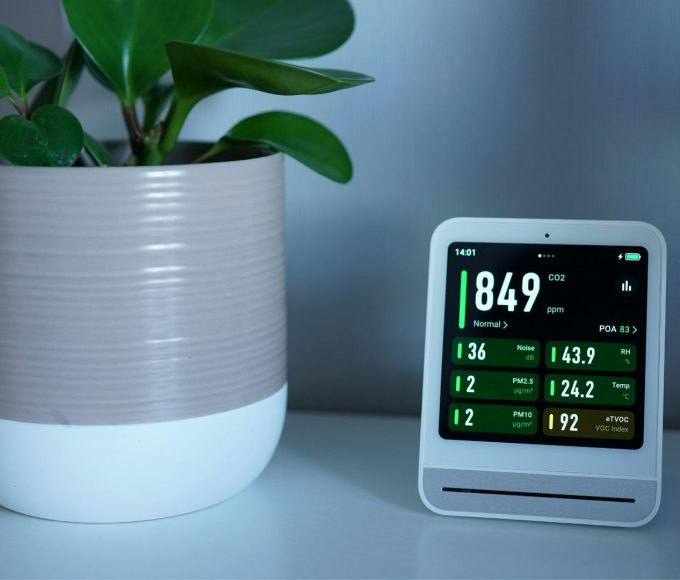Your home’s HVAC system works hard to keep you comfortable year-round, but it relies on a small but mighty component: the air filter. This simple piece of equipment is your first line of defense against dust, allergens, and other airborne particles that can impact your indoor air quality and system efficiency. Learning how to maintain it properly can save you from costly repairs and keep your air clean. This guide will show homeowners tips for HVAC air filters.
Choose the Right Filter Size
Selecting the correct filter size is the most critical first step. An ill-fitting filter allows unfiltered air to bypass the system, introducing dust and debris into the HVAC unit’s sensitive components. This air can lead to decreased efficiency and potential damage over time.
To find the right size, look for the dimensions printed on the side of your current filter. If the dimensions are not visible, use a tape measure to measure the exact length, width, and depth. Writing down the measurements and keeping them in a convenient place will make future shopping trips much easier.
Understand MERV Ratings
When you shop for a new filter, you will see a MERV rating, which stands for Minimum Efficiency Reporting Value. This rating, which ranges from 1 to 20, indicates how effectively the filter captures airborne particles. It’s good to know that filters with a higher MERV rating trap smaller particles more effectively.
For most homes, a filter with a MERV rating between 8 and 13 offers a great balance of air filtration and adequate airflow. Using a filter with too high of a MERV rating can restrict airflow and strain your system, so it is important to consult your HVAC manual for the maximum recommended rating.
Replace Filters Regularly
One of the simplest yet most overlooked maintenance tasks is replacing the air filter on time. A clogged filter forces your HVAC system to work harder, increasing energy consumption and utility bills. As a general guideline, you should replace standard 1-inch filters every one to three months.
However, your replacement frequency may vary. If you have pets, live with smokers, or someone in your household has allergies, you might need to change the filter more often. A good habit is to set a recurring reminder on your calendar.
Inspect Filters Monthly
Even if you follow a regular replacement schedule, performing a quick monthly visual inspection is a smart move. Hold the filter up to a light source; if you cannot see light passing through it, it is time for a change, regardless of how long it has been in use.
Seasonal changes also affect how quickly your filter gets dirty. For instance, it is a good idea to check your furnace before winter to confirm it is operating correctly and that the filter is clean. Regular checks help you maintain optimal airflow and catch potential issues early.
Consider Upgrading to a Higher-Quality Filter
If you want to improve your home’s indoor air quality, you might consider upgrading from basic fiberglass filters to pleated ones. Pleated filters are typically made from polyester or cotton paper and have a larger surface area to trap more contaminants.
They also come in higher MERV ratings, offering superior filtration for allergens, pet dander, and mold spores. While they may cost more upfront, the improved performance and longer lifespan often provide better value and a healthier living environment.
Taking a few moments to understand your HVAC air filters can significantly improve your home’s comfort and extend your system’s longevity. By choosing the right size, understanding MERV ratings, and replacing filters on schedule, you keep your system running smoothly. For more guidance on maintaining your HVAC unit, explore our online resource center.
Recommended reading: How Do At-Home Air Quality Tests Work?





